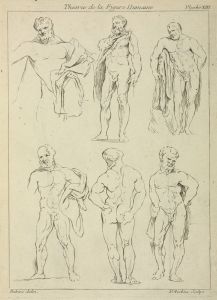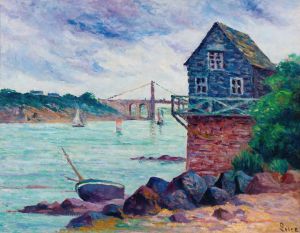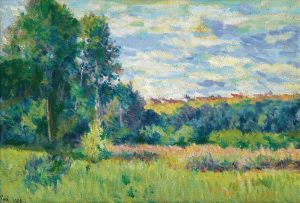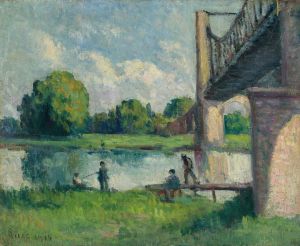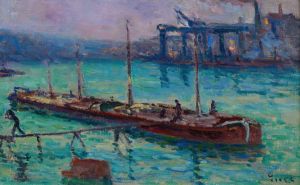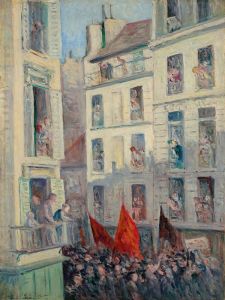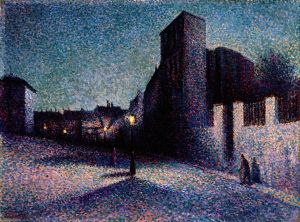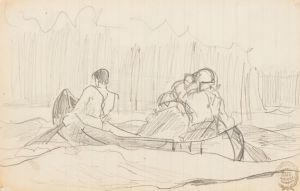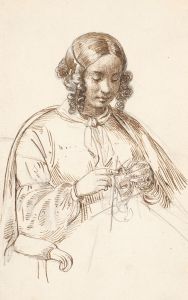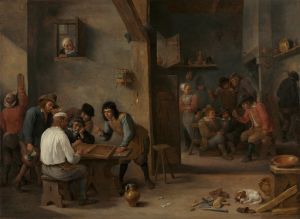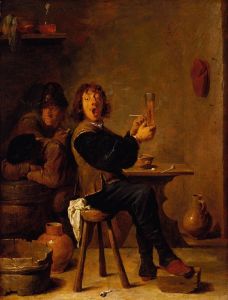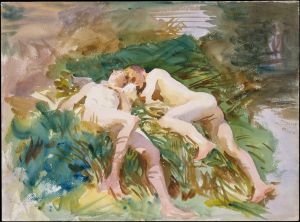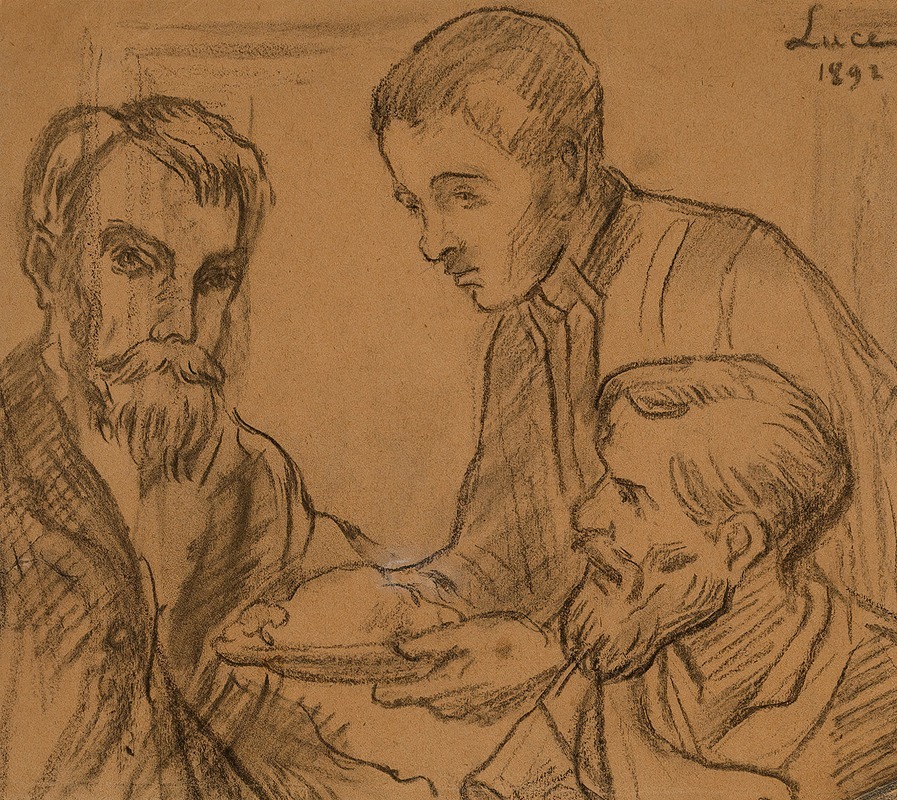
Trois hommes
A hand-painted replica of Maximilien Luce’s masterpiece Trois hommes, meticulously crafted by professional artists to capture the true essence of the original. Each piece is created with museum-quality canvas and rare mineral pigments, carefully painted by experienced artists with delicate brushstrokes and rich, layered colors to perfectly recreate the texture of the original artwork. Unlike machine-printed reproductions, this hand-painted version brings the painting to life, infused with the artist’s emotions and skill in every stroke. Whether for personal collection or home decoration, it instantly elevates the artistic atmosphere of any space.
Maximilien Luce was a French Neo-Impressionist artist, known for his paintings, illustrations, and engravings. Born in Paris on March 13, 1858, Luce was initially trained as an engraver before turning to painting. He became associated with the Neo-Impressionist movement, which was characterized by the use of pointillism—a technique involving the application of small, distinct dots of color to form an image.
One of Luce's notable works is "Trois hommes" (Three Men), which exemplifies his mastery of the Neo-Impressionist style. This painting, created in 1900, depicts three working-class men engaged in conversation. The scene is set in an urban environment, reflecting Luce's interest in the lives of ordinary people and his commitment to social realism.
Luce's use of color and light in "Trois hommes" is particularly striking. He employs a palette of muted tones, with subtle variations in hue to create depth and texture. The pointillist technique is evident in the way he applies small dots of paint to build up the image, giving it a vibrant, almost shimmering quality. This method allows Luce to capture the play of light on the men's faces and clothing, as well as the surrounding environment.
The composition of "Trois hommes" is carefully balanced, with the three figures arranged in a triangular formation. This creates a sense of stability and harmony, drawing the viewer's eye towards the center of the painting. The men's expressions and body language convey a sense of camaraderie and shared experience, highlighting Luce's ability to capture the human condition with empathy and nuance.
Luce was deeply influenced by the political and social climate of his time. He was an anarchist and often used his art to comment on social issues and advocate for change. "Trois hommes" can be seen as a reflection of his commitment to depicting the dignity and resilience of the working class. The painting not only showcases Luce's technical skill but also his dedication to portraying the realities of everyday life.
Throughout his career, Luce remained committed to the principles of Neo-Impressionism, even as the movement evolved and other artists moved on to different styles. His work, including "Trois hommes," continues to be celebrated for its innovative use of color and light, as well as its poignant social commentary.
Maximilien Luce passed away on February 6, 1941, but his legacy lives on through his contributions to the Neo-Impressionist movement and his powerful depictions of the human experience. "Trois hommes" remains a significant example of his artistic vision and his commitment to capturing the essence of the world around him.





